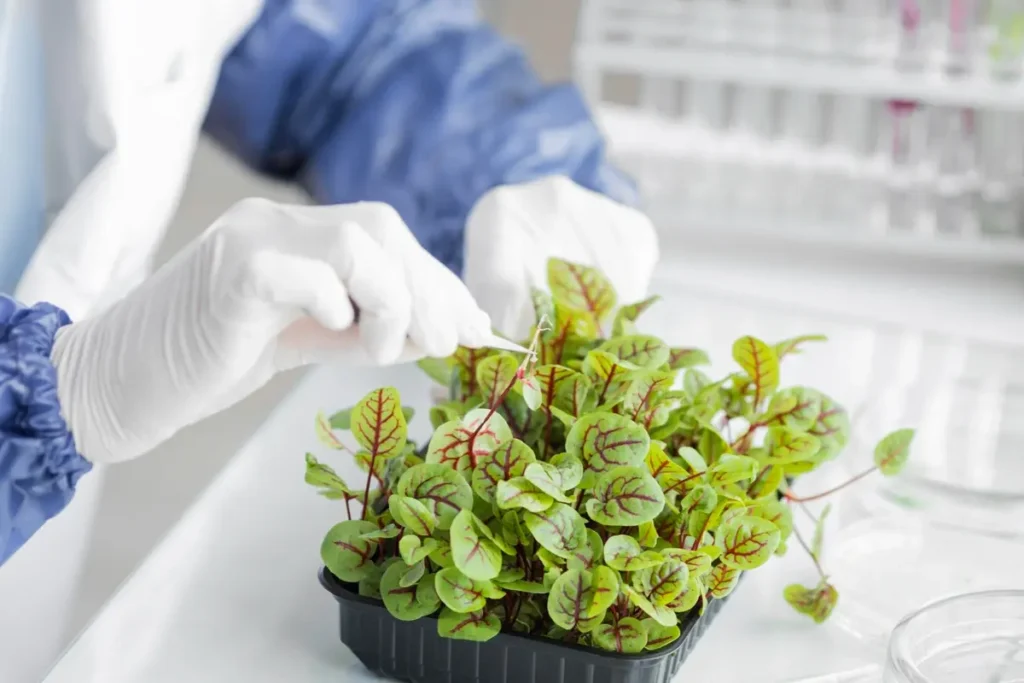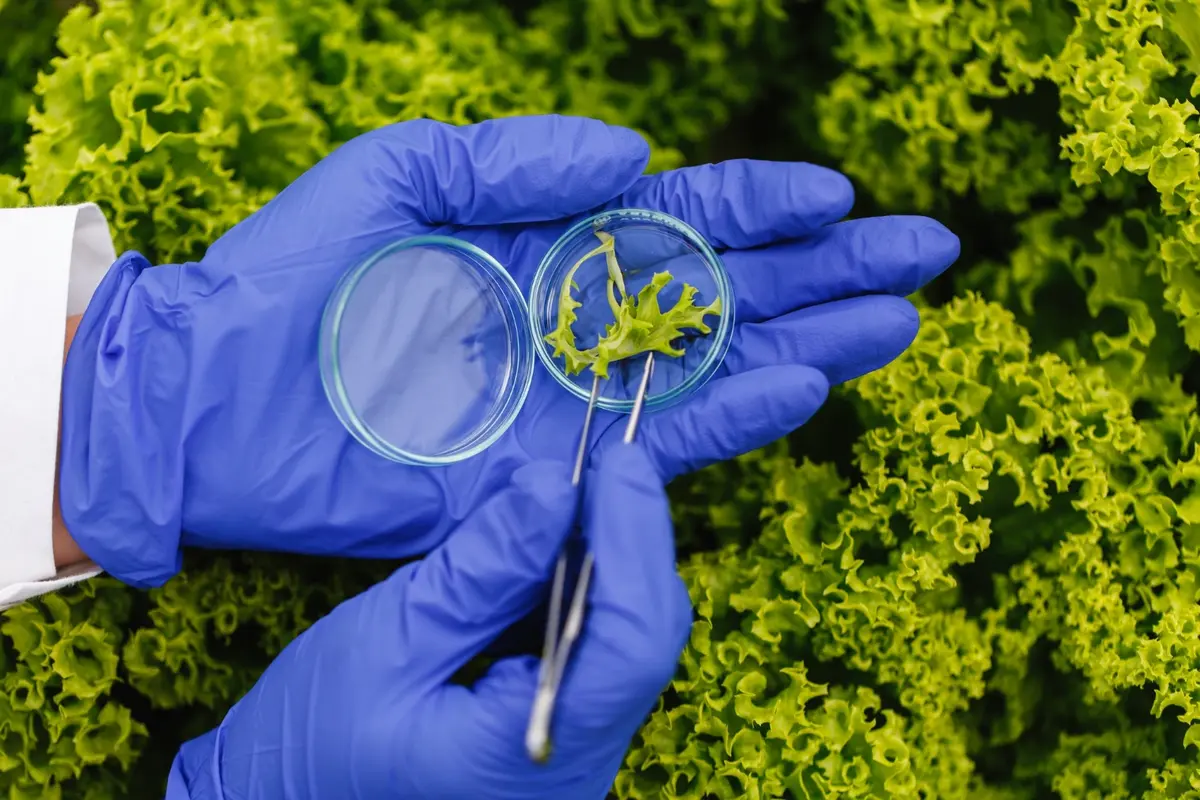Genetically modified crops advantages and disadvantages have become one of the most discussed topics in modern agriculture as farmers and scientists seek innovative ways to feed the world’s growing population. Genetically modified crops, commonly known as GM crops, are plants whose DNA has been scientifically altered using modern biotechnology to introduce desirable traits such as resistance to pests, diseases, herbicides, or harsh environmental conditions. By incorporating genes from other organisms, scientists can enhance crop yield, improve nutritional value, and reduce the need for chemical pesticides and fertilizers.
However, they also spark ongoing debates regarding environmental impact, food safety, and ethical concerns among consumers and farmers worldwide. Understanding the genetically modified crops advantages and disadvantages is crucial for farmers, policymakers, and consumers who wish to make informed decisions about the food they grow and eat. In this article, we will discuss the advantages and disadvantages of genetically modified crops in detail.
Table of Contents
Genetically Modified Crops Advantages

1. Increased Crop Yield
One of the biggest advantages of genetically modified crops is their ability to produce higher yields compared to traditional crops. By introducing genes that enhance growth, resist pests, or tolerate harsh conditions, farmers can harvest more produce from the same area of land. This helps meet the food demands of an increasing global population and can significantly boost farmers’ income, especially in regions with limited agricultural land.
2. Pest and Disease Resistance
GM crops are often engineered to resist common pests and diseases, reducing the need for chemical pesticides. For example, Bt cotton contains a gene from the bacterium Bacillus thuringiensis, which makes the plant toxic to specific insects but safe for humans. This built-in resistance lowers crop losses, saves costs on pesticide use, and minimizes harm to beneficial insects and the surrounding environment.
3. Herbicide Tolerance
Many GM crops are designed to tolerate specific herbicides, allowing farmers to control weeds more effectively without damaging their crops. This means fewer herbicide applications are needed, and weeds can be managed with less manual labor. Herbicide-tolerant crops contribute to efficient farm management and reduce soil erosion since farmers can adopt no-till or low-till farming practices.
4. Enhanced Nutritional Content
Genetic modification can improve the nutritional profile of crops, making them healthier for consumption. A well-known example is Golden Rice, which has been engineered to contain higher levels of Vitamin A to combat deficiencies in developing countries. Similarly, GM crops can be enriched with essential minerals, proteins, and other nutrients to address malnutrition and improve public health.
5. Drought and Stress Tolerance
Certain GM crops are developed to withstand drought, salinity, and other environmental stresses. This is especially beneficial in regions prone to unpredictable weather and water scarcity. By using drought-tolerant varieties, farmers can maintain stable yields during dry seasons, ensuring food security and reducing the risk of crop failure due to climate change.
6. Longer Shelf Life
Genetically modified crops can be designed to have a longer shelf life by delaying ripening or reducing susceptibility to bruising and spoilage. This advantage reduces post-harvest losses and food waste, ensuring that more produce reaches consumers in good condition. It also benefits retailers and consumers by providing fresher produce for a longer period.
7. Economic Benefits for Farmers
Farmers who cultivate GM crops often experience economic advantages through reduced input costs for pesticides and herbicides, higher productivity, and lower labor requirements. These savings can improve profit margins, make farming more viable for smallholders, and contribute to rural economic development by boosting agricultural productivity.
Genetically Modified Crops Disadvantages

1. Environmental Impact
One significant disadvantage of genetically modified crops is their potential to disrupt natural ecosystems. GM crops engineered for herbicide resistance can lead to overuse of chemicals, which may harm beneficial insects, birds, and soil organisms. Additionally, gene flow from GM plants to wild relatives may create ‘superweeds’ that are difficult to control, threatening biodiversity and requiring stronger, more toxic herbicides.
2. Development of Pest Resistance
Although GM crops like Bt cotton and Bt corn are designed to repel specific pests, over time these pests can develop resistance to the introduced traits. This resistance reduces the effectiveness of GM crops, forcing farmers to revert to traditional pesticide use or switch to stronger chemicals, which defeats the original purpose of reducing chemical inputs and can increase production costs.
3. Loss of Biodiversity
Widespread adoption of genetically modified crops often encourages monoculture, planting large areas with a single genetically uniform variety. This practice reduces genetic diversity within crops, making them more vulnerable to diseases, pests, or changing climate conditions. A loss of biodiversity also affects soil health and the resilience of local ecosystems.
4. Potential Health Concerns
While no definitive evidence shows GM foods are harmful to human health, there is ongoing debate and limited long-term research. Some people worry that consuming GM foods could lead to unexpected allergic reactions, antibiotic resistance, or other unforeseen health issues. Such concerns contribute to public distrust and demand for clearer labeling and safety testing.
5. Economic Concerns for Farmers
GM seeds are typically patented and sold by large biotechnology companies, which means farmers must buy new seeds each season instead of saving seeds from their harvest. This dependency can increase production costs and put small farmers at a financial disadvantage. If crops fail, farmers still face hefty debts due to the high cost of GM seeds.
6. Ethical and Religious Issues
Some communities and cultures oppose genetic modification on moral or religious grounds, viewing it as an unnatural tampering with nature. The mixing of genes from unrelated species raises ethical questions about the extent to which humans should interfere with life’s natural processes, leading to social resistance and controversies over food choices.
7. Contamination of Non-GM Crops
Cross-pollination between GM and non-GM crops can unintentionally spread modified genes to conventional or organic farms. This contamination threatens organic certification, leads to disputes between farmers, and can reduce market value for non-GM produce. It also makes it harder for consumers to have a genuine choice between GM and non-GM food options.
Conclusion
Understanding the genetically modified crops advantages and disadvantages is essential for farmers, policymakers, and consumers navigating modern agriculture. Balancing innovation with caution, robust research, strict regulations, and transparent labeling can help ensure that the benefits of genetically modified crops are harnessed responsibly while minimizing their drawbacks for a sustainable agricultural future.







